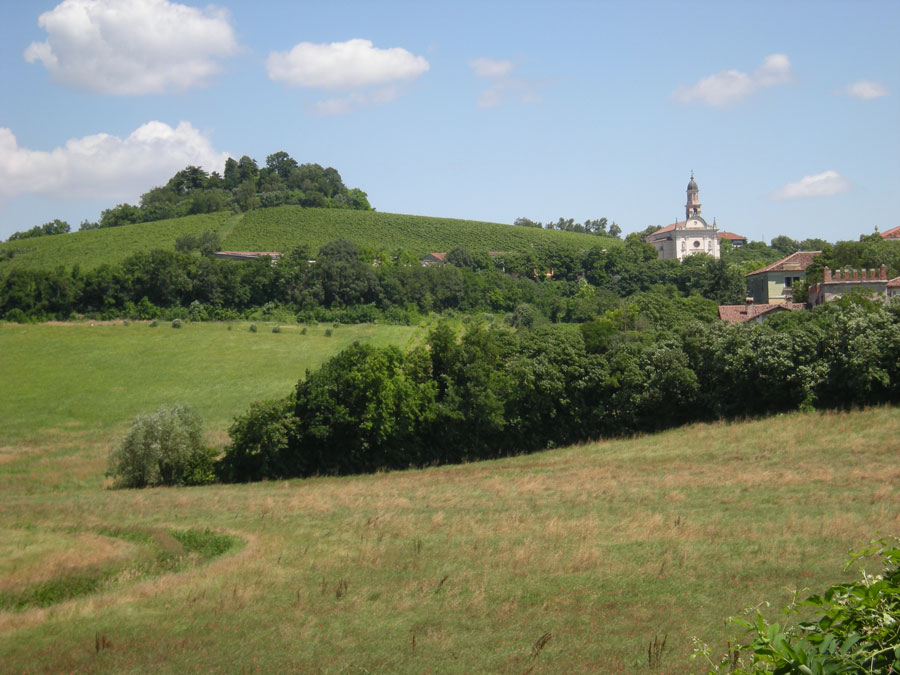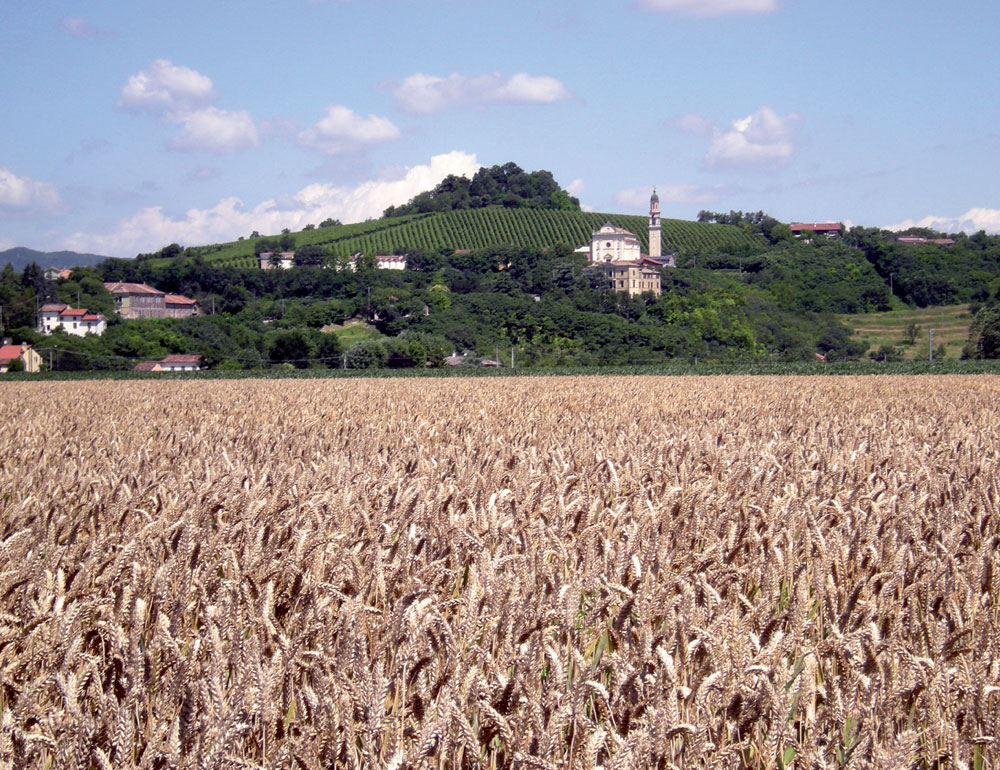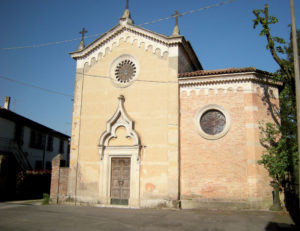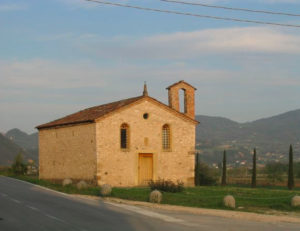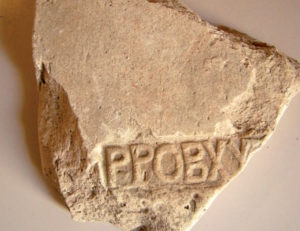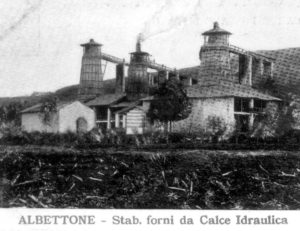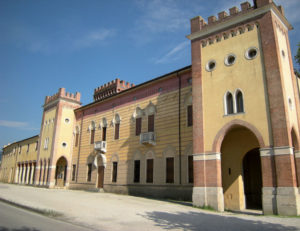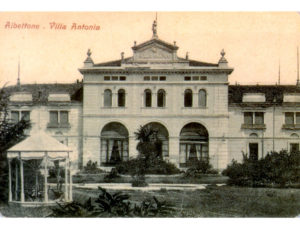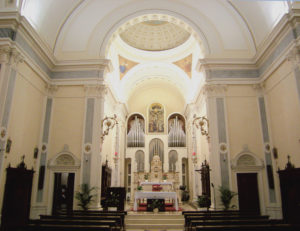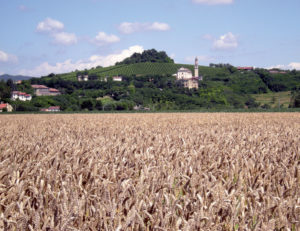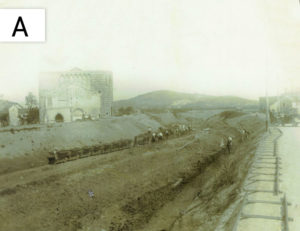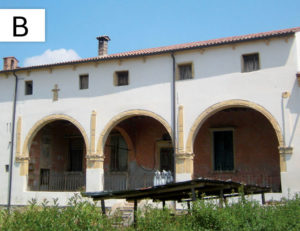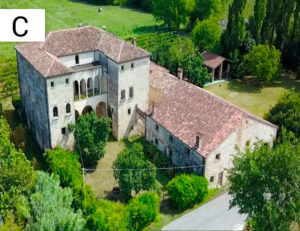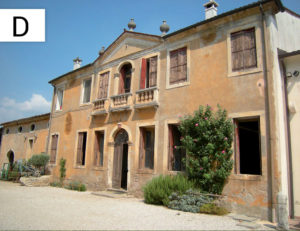Colle il Castellaro
The hill that has always characterised the views of Albettone is named”Il Castellaro” after an ancient bishop’s castle that used to stand on its top. The castle of Albettone is first mentioned in an imperial diploma of the year 1000, and it is later also mentioned in the act of donation made by Arrigo IV in 1084 to Bishop Ezzelino, as well as by two other diplomas granted by Ottone IV and Federico II in 1220. The manor was built by the bishop of Vicenza together with other eighteen fortifications, including, in the lower Vicenza area, those of Barbarano, Grancona, Orgiano, Noventa and Costozza. The bishop Vitale, obtained from King Berengario the privilege to build such fortresses, between 900 and 904, and was recognised as “districtus, placita et publicae functiones” on all of the lands that had been given to him. These were all Imperial concessions that had the aim of defending our lands from the frequent invasions of the Hungarian people (over a decade from the year 899 to 947). At that time, the Hungarians, banished from their lands by other tribes, poured into Veneto until reaching Vicenza, where they destroyed the ancient basilica of the Saints Felice and Fortunato. Unfortunately, there is not more information about the castle of Albettone since it is never mentioned in feudal investitures. It was probably destroyed during the XIII century following the conflicts between Vicentini, Veronesi and Padovani. In the Middle Ages in Albettone’s surroundings, there were three other castles, all mentioned in the Books of the Fiefs, belonging to the Bishop of Vicenza. These castles were built in Agugliaro, in Fogiascheda (ancient town bordering with Agugliaro) and Campiglia dei Berici. In Lovertino, on the other hand, there are no traces of medieval castles, but one is shown in a sixteenth-century map preserved in the Correr Library in Venice. In this drawing, carried out by the expert Domenico de Rossi in 1567, a fortress is clearly indicated near Lovertino, which, however, lies beyond Bandezza, the waterway that in medieval times marked the border between the Vicentine territory and that of Padua. This manor was on the Nina waterway and therefore can be identified as the ancient castle called “Della Nina”. In a 1678 engraving it appears imposing, consisting of a two-storey tower and surrounded by a moat-like the nearby Castello di Valbona.
